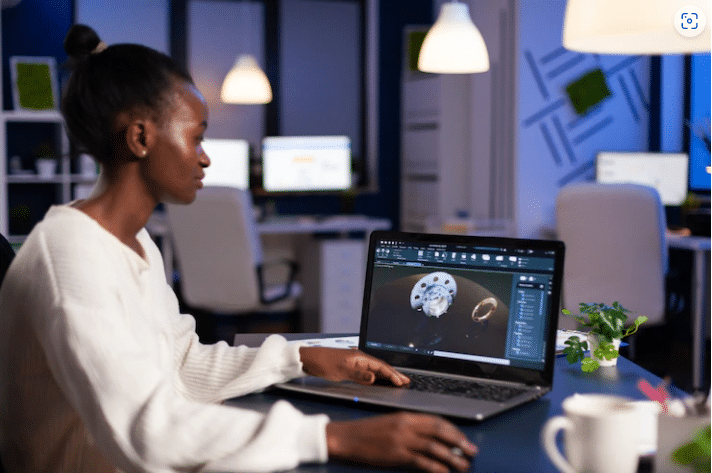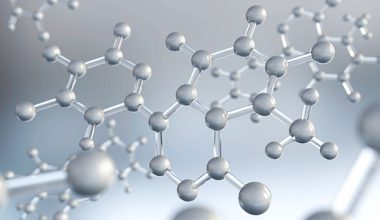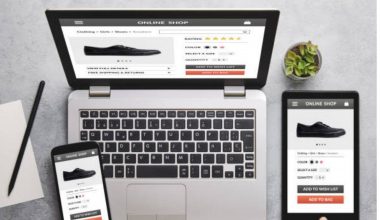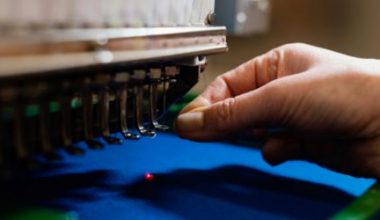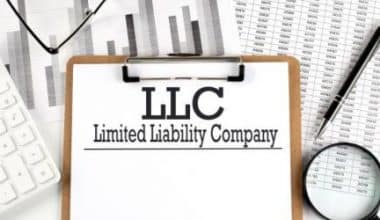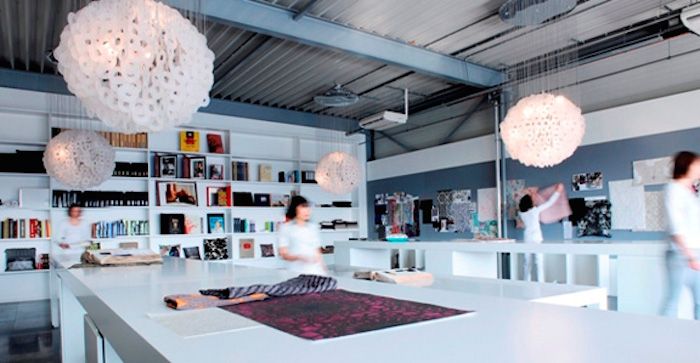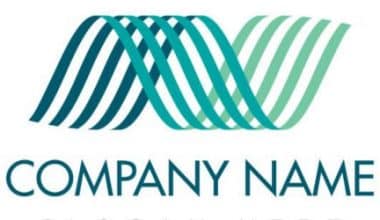Product design is defined as the process of conceiving, developing, and iterating on products that address particular needs in a market or solve problems for users.
Understanding the end-user customer is essential for successful product design. By using empathy and an understanding of the habits, behaviors, frustrations, needs, and wants of their potential customers, product designers try to solve real problems for real people.
Ideally, product design is essential for creating the initial user experience and product offering. It also refines the customer experience and ensures functionality is added in a non-disruptive manner. Brand consistency and evolution remain essential responsibilities until the end of a product’s lifespan.
Additionally, it goes far beyond what users see on their screens. Users eventually see and interact with the interface design as a result of important back-end elements called system design and process design.
What Is The History Of Product Design?
Product design is a development of the closely related field of industrial design. Before the advent of mass production, craftspeople created most products by hand. As a result, there were more expensive and scarcer products for sale. Later, the industrialization of manufacturing made it possible for companies to produce goods in large quantities at a low cost.
Therefore, manufacturing companies enlisted the aid of industrial designers to create products that were not only functional but also aesthetically pleasing to help sell their goods to the millions of people who could now afford them. Product design is a division of industrial design that has grown into its category over time. This is because modern industrial design is associated with tangible goods like home appliances. Contrarily, any product, including software apps, can be referred to as having a “product design”.
What Are The 5 Elements Of Product Design?
#1. The product must be authentic.
Determine a distinct purpose for it, and make that purpose obvious in the design.
#2. The product must provide unique experiences.
It’s important to consider how users interact with a product as well as how it looks and feels to them.
#3. Effective product design should go unnoticed.
Make a frictionless experience a part of your daily life. On the other hand, you stay away from a bad experience where every little thing stands out.
#4. Focus on one area.
Find the single, most important use for your product, and focus on making it great while keeping it simple.
#5. The product should be interactive.
Make sure that users can express themselves through their interactions with your product.
What Are Some Examples Of Product Design?
#1. The parent and child can both swing on this particular swing thanks to its design.

#2. Copenhagen’s trash cans are angled so that cyclists can throw their trash into them as they ride.

#3. A container for noodles with a built-in strainer.

#4. This playground slide near Osaka Castle has rollers for kids.

#5. A free bike stand that includes a pump.
What Are The 7 Elements Of Design?
#1. Form
The form is a positive element in the space of work, creating a three-dimensional effect. It can be used with shadows, color, and overlaid objects to create a 3D effect. The shape is two-dimensional and flat.
#2. Shape
Shapes are important for designers, as they are the root of powerful logos. They can be geometric or organic, with geometric shapes being precise and including triangles, squares, etc. Organic shapes are asymmetrical and irregular and are associated with the natural world.
Furthermore, creating a shape for a design piece requires attention and knowledge, as it expresses a mood or conveys a message based on its form, color, texture, and other attributes. Squares are more masculine, while triangles direct the viewer to a specific point. Abstract shapes are the basic shapes for any design composition.
#3. Line
The line is a basic element of design made of points. It can be smooth, rough, broken, thick, or thin, and can have color, texture, and movement. It is used to divide content and frame composition, and it has many options for usage.
#4. Color
Color is an important element of design that should not be neglected. To use it correctly, one must learn color theory, use the color wheel, combine multiple colors, and understand the psychology of colors. Blue evokes emotions of trust, and stability, while red evokes passion, and anger. Knowing the psychology of colors will help one decide which colors to mix for the best result.
Additionally, color can stand alone on its own, in addition to being a significant addition to the other components of design. If you’re trying to make a point, design compositions that only include color and text are easier to create and more effective.
#5. Typography
Typography is an important element of graphic and web design, as it is the carrier of your message and a mood creator. Serif typefaces are more official, while script typefaces are more creative and less official, so using them with relatable themes will help your design have a greater effect.
In addition, typography establishes a visual hierarchy in a design by directing the reader’s attention. You can achieve this by selecting various textual attributes, such as size, color, height, and weight.
#6. Space
Designers should consider both what they add and what they don’t add when creating web and graphic designs. White space helps to highlight the focal point, simplify readability, and make it pretty for the eye. Negative space helps to define and highlight positive space, while white space helps to breathe space and improve visual hierarchy.
Finally, the composition is complete and helps to create visual interest when negative and positive spaces are used in the right proportions.
#7. Texture
Visual texture is the appearance and quality of a surface, suggesting what it’s made of. It can make lines, shapes, or forms soft, rough, fluffy, etc. Digital designs can breathe realism and visual value into objects, but it is important to choose a texture that is relevant to the design. Mixing multiple textures in one design can be too much for the eye and make the viewer confused.
What Are The 4 Keys In Product Design?
#1. Features
People want a good experience, and features should be aligned with what they want to achieve and the tradeoffs they are willing to make. Features should lead to the proposed end goal, and understanding what people naturally want helps build the right lens for creating the most viable features.
#2. Aesthetics
Aesthetics is the science of achieving the right aesthetics for an intuitive experience both physically and digitally. It encompasses how something feels, its finish, temperature, light, force, sound, human factors, and perceived weight. Additionally, products and solutions that are turning physical encounters into digital experiences must also incorporate art direction to hit target segment expectations.
#3. Interaction
Interaction is the way people intuitively anticipate using the solution or offering being marketed to them. Consumers want interactions that are tied to their familiarity with what is being designed. Note that poor development decisions lead to poor design, as evidenced by customer reviews. Interaction should be positive and provide a unique and remarkable experience.
#4. Novelty
The novelty of a product is its final and fourth component. Not everything innovative is brand new, and not everything new is innovative. The novelty of a product or service might simply be the departure from the norm it allows for, which then makes for a better experience.
The novelty of a product or experience is the sum of its parts, and a company should amplify this approach. Your solutions should be based on applying material science thinking to a particular industry, market, or customer solution. Your ability to promote unique and useful applications is your single biggest core marketing competency.
Does Product Design Require Coding?
For designers, learning to code is not necessary. However, if a product designer has some programming experience, they can appreciate a developer’s viewpoint. They are not required to be proficient coders. However, it would be extremely helpful if they had some knowledge of HTML, CSS, and possibly JavaScript coding.
What Is The Difference Between Product Design And Graphic Design?
Graphic design involves the display of information via a visual medium, such as print or digital. Although it can include many elements of system and user design, product design focuses on the aesthetics of a three-dimensional product.
Furthermore, if you work as a graphic designer, you might find the interface a little bit simpler to use because you already possess the necessary visual skills, aesthetic sensibility, and beautiful aesthetic work. You must concentrate more on research, data analysis, and the reasoning behind the work if you want to become a product designer.
How Can I Become A Product Designer?
You can take the following actions to pursue a career as a product designer:
#1. Earn Your High School Diploma
A high school diploma or GED provides the fundamental knowledge and skills you can use in almost any career; employers frequently require candidates for product design roles to have one. If you’re still in high school, you might think about enrolling in elective courses in technology, math, art, and graphic design. Additionally, you can gain a fundamental understanding of the knowledge and abilities you can acquire as a product designer by taking these classes.
#2. Earn A Bachelor’s Degree
Some employers prefer or demand candidates with a bachelor’s degree in a related field to the area of product design you’re pursuing, such as engineering, marketing, graphic design, etc. A bachelor’s degree can help you stand out from other applicants, even if an employer doesn’t require one for this position. Gaining insight into these subjects can also help you build your portfolio and speak confidently with a hiring manager about product design-related issues.
#3. Build Your Skillset
Hiring managers want to review candidates’ skill sets to learn about the tools and software they can use. Before pursuing a career in product design, it is important to learn how to use different tools and develop soft skills to organize work and work well with others. This can help you prepare for an interview and improve your chances of getting a job.
#4. Gain Experience
Experience in product design or related fields can help secure a role in design. Explore opportunities in marketing, business, customer service, problem-solving, or communication to gain skills to better understand and meet client needs. Opportunities include volunteer positions, internships, freelance projects, and entry-level jobs.
#5. Make A Portfolio
Creating a portfolio is an important way to show employers your experience and abilities as a product designer. It should focus on the types of design projects you want to focus on but also include projects from other areas of product design. This variety shows hiring managers your versatility and range of skills.
#6. Stay Updated On Product Design Trends
Staying updated on design trends, best practices, and emerging technologies can help you implement them in your work and answer questions about trends during a job interview. Sign up for relevant content from industry leaders and businesses to immerse yourself in relevant content.
#7. Create A Resume
Product designers are frequently required to submit a resume along with their application so that employers can assess their qualifications. Make sure your resume highlights your pertinent skills, abilities, and work experience, and that your contact information is up to date. Additionally, you can also highlight your motivations for applying to a specific company and the distinctive qualities you will bring to the business with the aid of a descriptive professional summary.
Is Product Design The Same As UI UX Design?
Product designers are involved in each stage of the development of a product, whereas UX designers focus more on the practical design phase of the process. Due to their similarities, the terms “product designer” and “user experience (UX) designer” are frequently used interchangeably.
What Are Product Design Courses?
Product design courses examine the conception, production, and application of the products we use every day. Students who take a course in product design are prepared for careers in the manufacturing and product design sectors.
What’s The Average Salary For A Product Designer?
In the United States, the average annual salary for product designers is $90,000. Your income may vary according to your years of experience, the formal education you’ve received, the skill set you’ve developed, and your geographic location.
USER EXPERIENCE DESIGNER: Definition, Duties, How to Become it, Salary & Certification
GRAPHIC DESIGNER: Meaning, Duties, Skills and Salary
6-MONTH CERTIFICATE PROGRAMS THAT PAY WELL (Updated List)
INSTRUCTIONAL DESIGNER: What It Is, Job Description, Salary & How to Become One
